Siberian Husky and Chow Chow Mix: Chusky Dog Breed
The Chusky is a unique mix of Siberian Husky and Chow Chow, bringing together two breeds with rich histories and distinctive qualities. This hybrid combines the friendly, lively spirit of the Husky with the independent, dignified nature of the Chow Chow. The result is a dog that stands out for its striking looks and multifaceted personality.
Chuskies have thick coats that require constant care and a personality that needs firm training and early socialization. They are not the best choice for first-time dog owners. People thinking about getting a Chusky should know that this breed can be a devoted friend but also comes with challenges related to its size, energy, and health issues.
When considering adding a Chusky to the family, thinking about how well the dog will fit into your home and daily routine is essential.
Key Takeaways
- Chusky dogs are Husky-Chow mixes with a striking appearance.
- They need consistent grooming and socialization.
- Suitability for a household requires careful consideration.
Quick Facts
Chuskies are a mix of Siberian Huskies and Chow Chows, known for their sturdy build and thick fur. Each dog is unique, with coat colors ranging from black to cream. Friendly yet competent, Chuskies can be large and appealing to dog lovers.
Living in an apartment with a Chusky can work, but they need exercise and grooming to stay healthy and happy. They often resemble wolves with their pointy ears, sharp eyes, and bushy tails.
Groups like the American Canine Hybrid Club and the International Designer Canine Registry recognize the Chusky, sometimes called Chowski. Because they’re a mix, their looks and behavior can be unpredictable, so it’s wise to learn about them before bringing one home.
Chusky Dog Breed Pictures
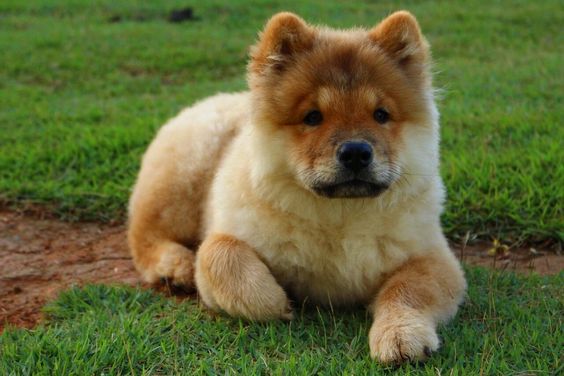
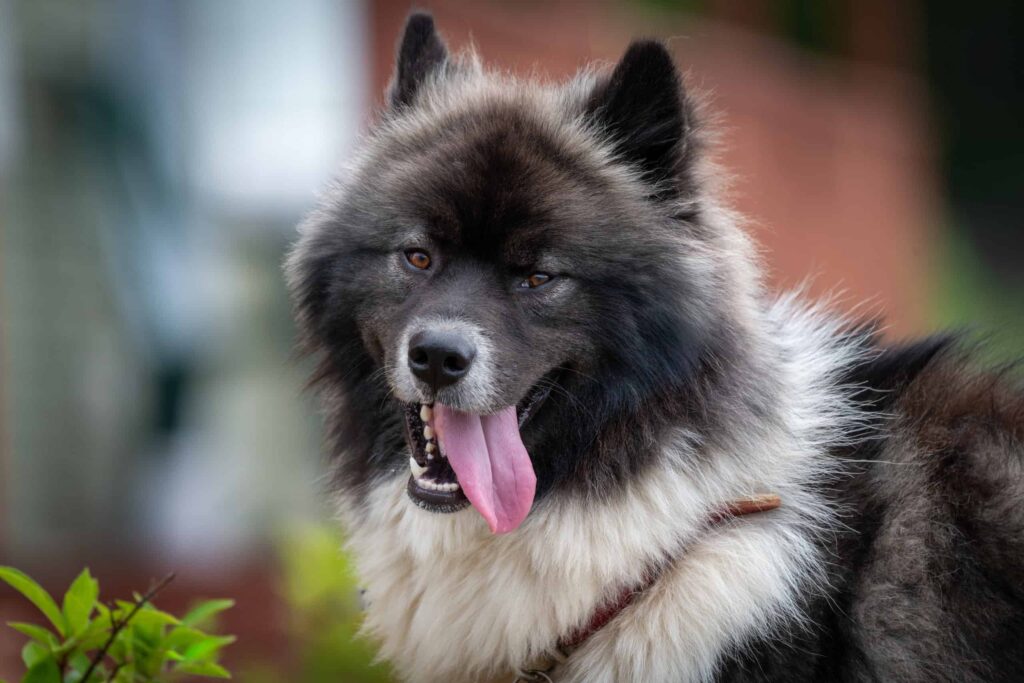
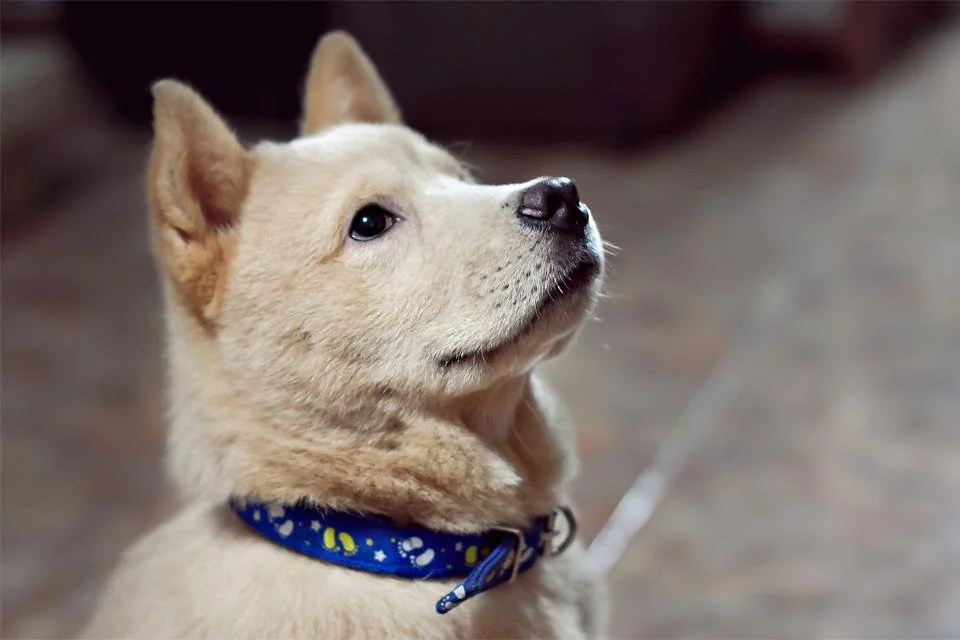
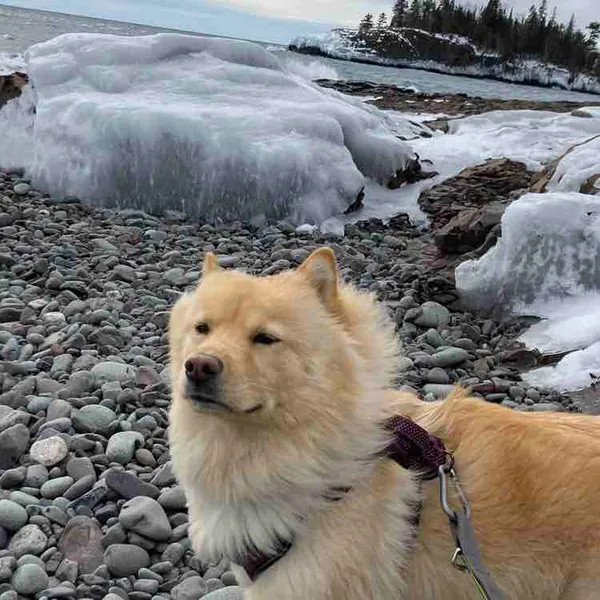
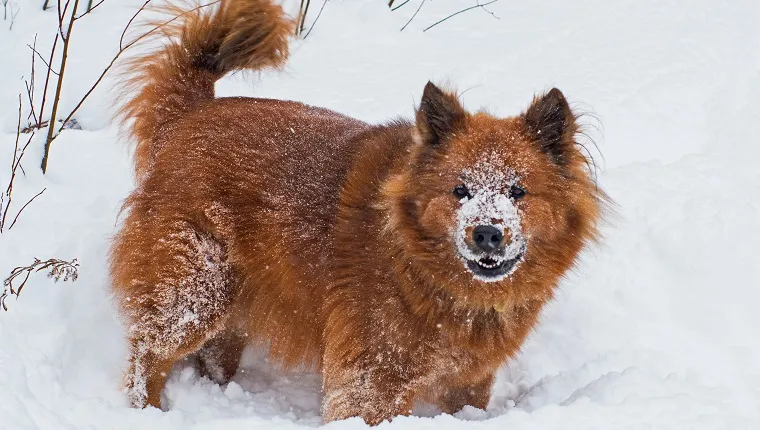
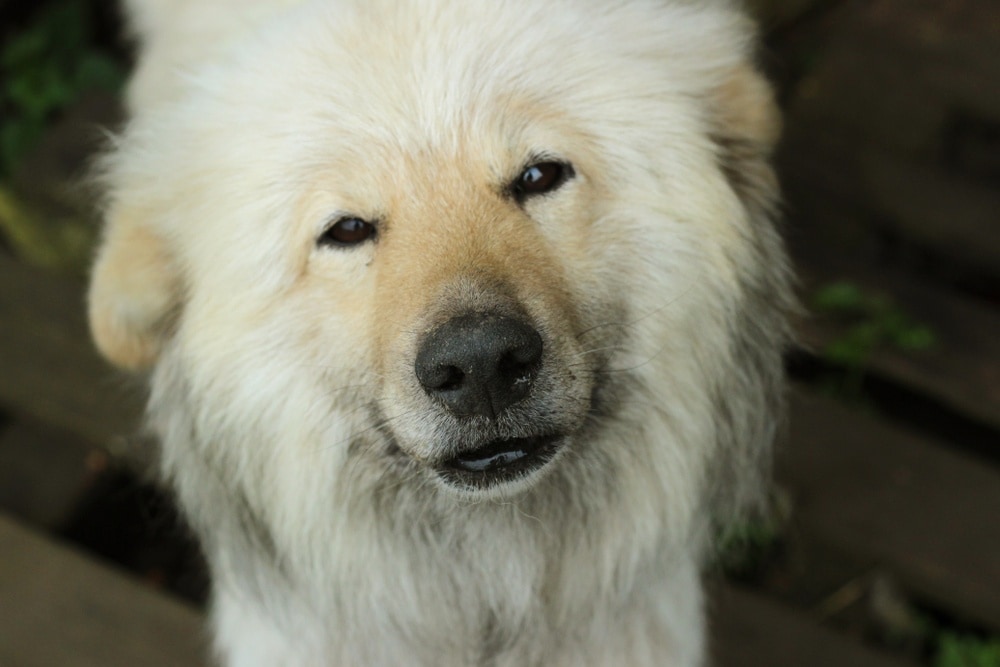
Overview
The Chusky, a crossbreed of Siberian Huskies and Chow Chows, has a muscular build and thick coat requiring frequent grooming. This hybrid dog combines features from its parent breeds, creating a medium to large dog with a powerful presence.
Chuskies can adapt well to different home environments, including apartments, but their suitability depends more on their temperament than size. They can be content in smaller spaces if their behavioral needs are met.
These dogs often have a coat that comes in various colors and are known for being friendly and intelligent. Their appearance, with upright ears and almond-shaped eyes, has gained recognition among different canine groups.
When considering a Chusky for a pet, particularly for apartment living, it’s essential to consider their activity level, how much noise they make, and their ability to adapt. This helps ensure the dog fits the owner’s lifestyle and home well.
Chusky Key Traits
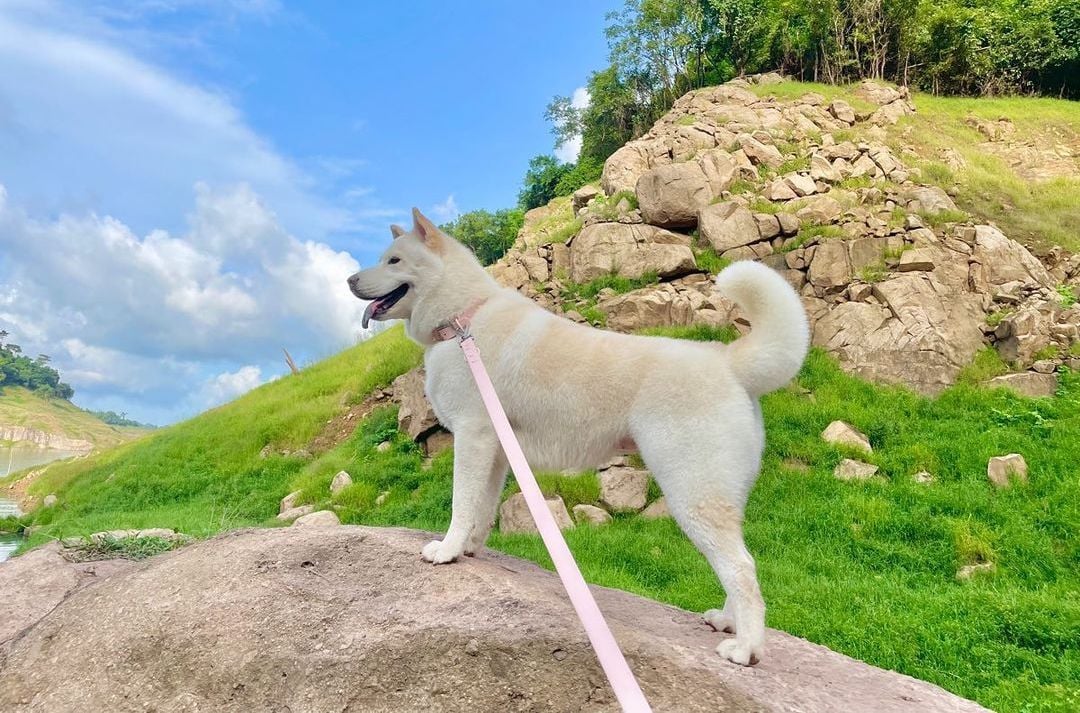
Prospective owners should familiarize themselves with the key characteristics of the Chusky to ensure a good fit with their lifestyle. Chuskies mix Siberian Husky and Chow Chow, giving them a unique look and personality that many dog lovers find appealing.
Chuskies are medium to large dogs with a sturdy build and a thick double coat that allows them to thrive in various weather conditions. Their straight ears and almond-shaped eyes give them a wolf-like appearance that draws attention. Their coats come in multiple colors: black, gray, brown, and cream.
Chuskies can adapt to living in an apartment if they are on the calmer side of their breed’s typical energy levels. The following table outlines essential traits owners need to consider:
| Aspect | Chusky Trait | Impact on Ownership |
|---|---|---|
| Appearance | Wolf-like, straight ears, almond eyes | Attracts attention, needs regular grooming |
| Adaptability | Suitable for apartment life | Must fit with the owner’s daily routine |
| Recognition | Recognized by ACHC, DRA, IDCR | Accepted within the hybrid dog circles |
Choosing a Chusky means being ready to cater to their needs and ensuring they get enough exercise to stay healthy and content.
Chusky Origin Summary
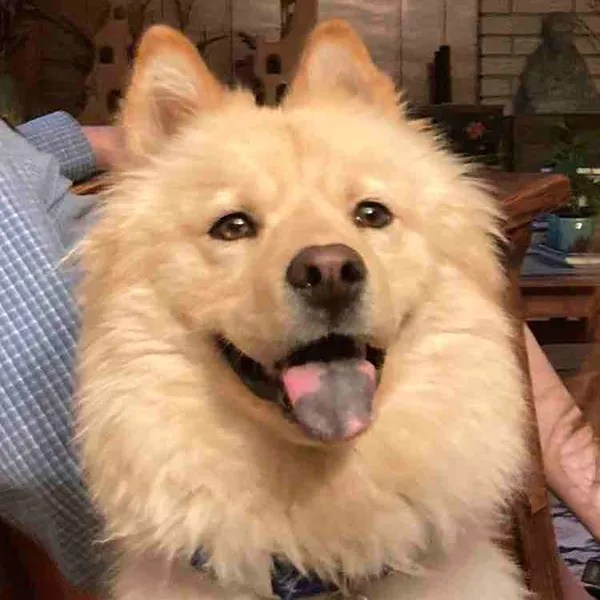
The Chusky is a relatively new mixed breed dog from breeding a Siberian Husky with a Chow Chow. These dogs have inherited the Husky’s stamina and the Chow Chow’s majestic nature. When we look at the Chusky, we see a blend of both breeds’ physical and personality traits. This crossbreed has gained fans for its mix of devotion, smarts, and versatility.
- Chusky Ancestral Roots: They possess the Husky’s energy and the Chow Chow’s poised presence.
- Breed Hybridization Overview: Their diverse genes result in various looks and behaviors.
- Chusky Historical Emergence: They’ve recently become more recognized within the world of designer dogs.
The Chusky’s ancestry combines the Husky’s remarkable endurance with the Chow Chow’s respectful composure. The diverse genetic makeup of Chuskies leads to a wide range of appearances and personalities. The development of the Chusky breed is a modern phenomenon, with these dogs becoming more familiar to those who love unique canine companions.
Chusky Ancestral Roots
The Chusky breed emerges from combining two well-known dogs: the Siberian Husky and the Chow Chow.
Each parent breed brings distinct qualities to the Chusky. The Chow Chow is an ancient breed with a majestic, lion-like look, dating back to China’s Han Dynasty, where it was associated with the elite. On the other hand, the Siberian Husky is known for its robust build and history of pulling sleds in harsh Arctic conditions.
The Chusky blends these heritages, showing off a sturdy build and a dense coat that prepares it for cold climates. This mix also creates a unique personality, combining the Chow Chow’s regal behavior with the Husky’s friendly and lively nature.
Breed Hybridization Overview
Breed hybridization combines two distinct purebred dog lines to create a unique mix. The Chusky, a cross between the Chow Chow and Siberian Husky, is a famous example of such breeding. These dogs are known for their sturdy build and thick, luxurious coats.
When considering a Chusky for an apartment lifestyle, looking beyond its size is essential. Their behavior and living space requirements significantly influence their adaptability to such environments.
The Chusky’s looks and personality can vary, reflecting the traits of the Chow Chow and the Siberian Husky. Known also as Chowski, these dogs often have a wolf-like appearance. They need regular grooming, exercise, and mental stimulation to stay happy and healthy.
Chusky Historical Emergence
The Chusky is a new breed in the dog world, emerging in the U.S. as a mix between the Chow Chow and Siberian Husky. This mix has been around for less than twenty years and is designed to have the best qualities of both parent breeds.
The Chow Chow is known for its role as a guard dog, while the Siberian Husky is celebrated for its stamina in sledding.
Recognized by organizations like the American Canine Hybrid Club and the International Designer Canine Registry, the Chusky is gaining recognition. But if you’re considering getting one, remember they need an owner who understands their health needs and exercise demands.
Chusky Dimensions
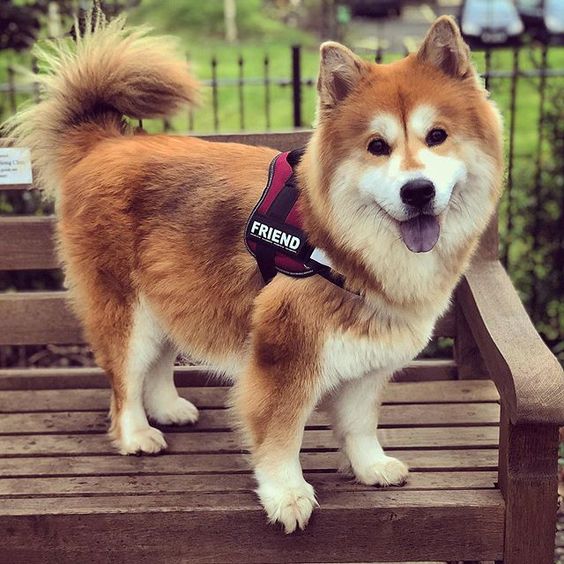
Understanding the size of a Chusky is critical for those who want to provide the best care for this breed. A Chusky typically stands between 18 to 23 inches high at the shoulder. They weigh between 40 to 65 pounds, which puts them in the medium to large category of dogs. Their body structure is sturdy and proportional, vital for their health and ability to move quickly.
A Chusky’s height ranges from 18 to 23 inches at the shoulder. This breed usually weighs between 40 to 65 pounds, indicating they are neither too small nor too large. Chuskies have a solid and balanced body frame, which supports their overall well-being and physical activity.
Average Height Range
Chuskies are dogs that typically have a height of 18 to 23 inches when measured at the shoulder. This size classifies them as a medium to large dog breed, which makes sense given that they mix Chow Chow and Siberian Husky—both large breeds. These dogs have a solid and wolfish look that shows their Chow and Husky heritage, placing them squarely in the medium to large category.
Their height can vary due to the genes they inherit from their parent breeds, which means you’ll see Chuskies in various sizes. When you look at a Chusky, you see a dog that fits what you’d expect from a breed that’s not small but not the largest.
Typical Weight Range
Chusky dogs typically tip the scales at 40 to 65 pounds. This weight reflects their medium to large size and muscular build, inherited from their mixed-breed lineage. These dogs are part Siberian Husky, which gives them a body well-suited for various physical activities and requires a solid structure to support it. The genetic mix from their parents results in their significant muscle and bone density.
A Chusky’s height is critical when assessing their weight, as they generally stand between 18 and 23 inches tall. Keeping their weight in the healthy range is vital for their well-being and can contribute to a lifespan of 10 to 13 years. Proper weight management is an integral part of caring for these dogs.
Body Frame Structure
The Chusky, a hybrid of Chow Chow and Siberian Husky lineage, showcases a robust and adaptable physique, well-suited for both medium and large dog lovers. Their body is designed to endure various climates, boasting a broad chest and a substantial frame. Typically, Chuskies stand between 18 to 23 inches tall and weigh 40 to 65 pounds, making daily exercise essential to their well-being.
Sporting a dense double coat that sheds heavily, Chuskies require frequent grooming to keep their skin and fur in good condition. Their appearance can be reminiscent of a wolf, with some dogs bearing the Chow Chow’s stout form and others resembling the leaner Siberian Husky. This mix highlights the breed’s varied genetic background.
Growth Patterns
Knowing how Chuskies grow is essential because they can change significantly as they age. Their genetics and the care they receive play a significant role in this.
Chuskies are medium to large dogs, usually weighing 40 to 65 pounds and standing 18 to 23 inches tall at their shoulders. They have a strong body with a broad chest and a thick fur coat that needs them to be active to stay healthy. Chuskies can look quite different from one another, sometimes more like a Chow Chow and other times more like a Siberian Husky. This mix in their background means their growth can be hard to predict.
To keep a Chusky healthy as it grows, it’s essential to go to the vet often and feed them the right food. This helps avoid problems like hip dysplasia and allergies. A well-planned diet and regular vet visits help Chuskies grow and stay healthy.
Size Comparison
When it comes to the world of medium to large dog breeds, Chuskies make an impression with their distinctive blend of traits from the Chow Chow and the Siberian Husky parents. They typically weigh 40-65 pounds and stand about 18-23 inches tall at the shoulder. These dogs have a sturdy build that shows off their capacity for stamina.
The thick double coat of a Chow Husky makes it look like a lovable, giant ball of fur, which means they need regular grooming to stay clean and comfortable. Chuskies have a robust physical presence, mixing the solid build of the Chow Chow with the more graceful structure of the Siberian Husky.
Despite their size, these dogs are known for their smarts and ability to adjust to different situations, which makes them great pets for families who lead active lives.
Chusky Temperament Traits
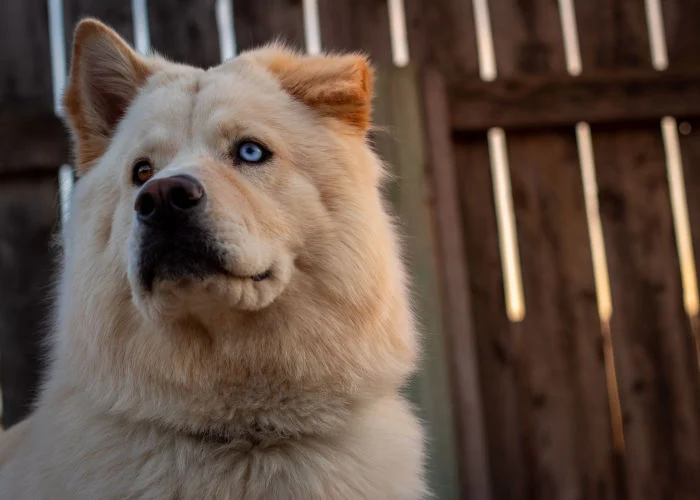
Chusky dogs are known for their loyal and affectionate nature, which makes them great companions that form close bonds with their families. Owners need to commit to nurturing these bonds. Their intelligence means they can learn quickly but may also show a stubborn side that requires patience and strategic training.
The protective nature of Chuskies, combined with their need for exercise, means they should be socialized early and kept active. A routine of walks and play helps manage their energy and maintain their well-being. Owners must understand that Chusky’s need for activity is not just a preference but a requirement for their physical and mental health.
Loyal and Affectionate Nature
Chuskies are known for their loyal and affectionate behavior, making them excellent family pets. They show their commitment by being protective and always present, often becoming the closest friends and a watchful protector to those they live with. Chuskies bond deeply with their families and are gentle and kind, which makes them a good fit for a home environment.
However, these dogs need regular interaction with people and routine brushing to keep them happy and healthy. They are naturally wary of unfamiliar faces, so it’s essential to socialize them from a young age to help them become more approachable. Giving a Chusky the proper care and attention will help maintain its natural affection and loyalty.
Intelligent, Stubborn Streak
Chuskies are known for their bright minds but also tend to be stubborn. This can make training a bit tricky unless you’re consistent and firm. They catch on to new commands quickly because they’re smart, but those smarts can lead them to be a bit headstrong. Training these dogs means you should mix things up to keep their minds busy and stop them from getting bored.
Understanding their unique personality is critical to overcoming their resistance to following orders. A good trainer knows how to work with a Chusky’s traits to get them to listen. Balancing respect for their intelligence with strategies to handle their stubbornness is the secret to training a well-behaved Chusky.
High Energy Levels
Chuskies are intelligent dogs with a lot of energy, which means they need regular exercise and mental stimulation to stay happy and well-behaved. These dogs thrive when they get plenty of physical activity and brain games. It’s not just recommended—their well-being needs to engage them daily.
A good routine for a Husky mix should include active outings like jogging or agility courses, brain challenges like puzzle toys, and learning new commands. These activities keep them fit and prevent bad habits from being bored or under-stimulated.
Socialization Importance
Socializing a Chusky, a hybrid breed, is critical for their behavioral development. It helps them learn proper behaviors and how to interact in different situations.
Experts in dog behavior stress the need for Chuskies to experience various settings, noises, and situations early on. This prevents them from becoming scared or aggressive.
Without enough social interaction, these dogs may develop negative behaviors such as timidity and aggression out of fear. It’s clear that without sufficient socialization, a Chusky may develop unwanted behaviors when left alone.
A well-planned and regular socialization schedule is crucial in raising a friendly and well-behaved Chusky who can handle different social encounters.
Protective Instincts
Chuskies are a mix between a Chow and a Siberian Husky, known for their instinct to protect. They can be excellent guard dogs if trained and socialized correctly. Owners must prepare them with a firm yet kind approach to prevent their protective nature from becoming aggressive. Chuskies must learn to distinguish between real threats and everyday situations.
Owners should start training and socializing Chuskies early on. Their suspicion of strangers might lead to unwanted aggressive reactions without proper guidance. An owner must understand how to shape a Chusky’s instincts. This helps the dog become a well-behaved and reliable friend.
Chusky Health Concerns
Caring for Chusky dogs means being aware of health issues that can affect them due to their heritage. Regular vet visits and a specific health plan prevent diseases and ensure a good life.
As Chuskies get older, it’s crucial to understand how aging can impact their health to help them live longer and stay healthy.
Chuskies often face problems like hip dysplasia and various eye conditions. Staying on top of health checks and keeping up with vaccinations is a critical part of preventive care.
As these dogs age, their diet and exercise may need to change to support their health.
Remember, a well-cared-for Chusky can enjoy a whole and vibrant life. Regular check-ups and vaccinations are the foundation of good health, while proper diet and exercise adjustments support their aging process.
Keep these practices in mind to help your Chusky thrive.
Common Health Issues
Chuskies, a mixed breed known for striking looks, are also predisposed to specific hereditary health issues. Regular vet check-ups are crucial to manage conditions like hip dysplasia, which can cause joint pain and lead to arthritis, and entropion, where the eyelid rolls inward, potentially harming the cornea and sometimes requiring surgery.
Keeping an eye on a Chusky’s health includes scheduled X-rays to check for hip problems, dental exams to prevent oral diseases, and eye checks to catch any eyelid issues early. Blood tests are vital for spotting health problems that aren’t immediately obvious.
Owners should consult their vet about the best diet and preventative care to keep their Chuskies healthy.
Preventive Care Strategies
Regular exercise is crucial for Chuskies to prevent obesity and maintain good health. Activities should be planned to help manage weight and support bone and muscle health, which can prevent conditions such as hip dysplasia.
Routine grooming is necessary for skin and dental health. They need a diet that a vet carefully plans to prevent overeating.
Regular vet checks are essential to detect any breed-specific health issues early. These strategies help ensure the well-being of Chuskies.
Lifespan and Aging
Preventive healthcare is crucial for Chuskies, a dog breed with an average lifespan of 10 to 13 years. As they age, these dogs often face health issues like hip dysplasia, eye problems, and allergies. Owners should watch these problems closely, especially once their dogs reach middle age.
Regular vet visits and a diet that meets their changing needs are vital to keeping these health issues in check. As Chuskies age, adjusting their exercise routines and keeping their minds active is essential to maintaining their quality of life. Knowing what health challenges they may face helps owners take better care of their pets throughout their lives.
Owners of Chuskies must be proactive in caring for their pets, who can live up to 13 years. Common age-related health issues include joint problems, vision loss, and allergies. Keeping an eye out for these conditions is especially important as the dog ages.
Regular vet check-ups and a diet tailored to their needs can help manage these health concerns. Modifying exercise plans and providing mental challenges are essential to keep aging Chuskies happy and healthy. Understanding and anticipating the health needs of Chuskies can significantly improve their overall well-being as they age.
Chusky Maintenance Essentials
The Chusky, a crossbreed between the Chihuahua and the Siberian Husky, requires special attention to stay healthy and content. Taking care of a Chusky means meeting their exercise, grooming, and nutrition needs and keeping up with training and regular health checks to avoid common issues.
Grooming is essential for the Chusky due to their thick fur. A routine should be established to brush their coat regularly, which helps prevent matting and skin problems.
Sufficient exercise is crucial to keep the Chusky fit and prevent weight gain. A daily walk or play session will keep them active and support heart health.
When feeding a Chusky, it’s vital to provide a diet that suits their size and energy needs. This ensures they get the right amount of nutrients and maintain their metabolism.
Regular vet visits and vaccinations are also essential to detect health concerns early.
Grooming Requirements
Maintaining a Chusky’s coat is essential for their health and good looks. This mixed breed, born from Chow Chow and Siberian Husky parents, has a thick coat that needs regular care to prevent tangles and manage the amount of hair they shed.
Brush their coat thoroughly at least twice a week using a brush that can get to the undercoat. This helps spread their skin’s natural oils, keeping their fur shiny and soft.
Bathing your Chusky occasionally is essential for keeping their skin clean, but it’s best not to wash them too often as this can dry out their skin.
Keep their nails short with regular trims to avoid discomfort when walking.
Keeping up with these grooming habits will help your Chusky avoid skin issues and stay in top condition.
Exercise Regimen
Caring for a Chusky, a mix of Chow Chow and Husky, means keeping them active and engaged. Their health and happiness need a daily exercise routine and mental challenges. A good day should start with a brisk walk, which helps them burn off energy and stay fit. Adding in some running or interactive games will keep things fun and exciting for them.
It’s also essential to keep their minds active. Games like fetch or using puzzle toys can help keep their intellect sharp. Training sessions that include socialization and positive rewards work well with their wise but sometimes independent nature.
This type of routine strengthens the bond between you and your dog and gives them a positive way to channel their protective instincts.
Nutritional Needs
Chuskies, a blend of Huskies and Chows, thrive on a nutrient-dense diet tailored to their needs. Choosing high-quality kibble made from natural ingredients is essential, providing a well-rounded mix of protein, carbs, fats, and essential vitamins and minerals.
Portion control is critical to prevent weight gain and its related health issues. Consulting a vet helps tailor a Chusky’s diet to their specific age, size, and activity levels, ensuring they receive the proper nutrition for their health and vitality.
Health Monitoring
Veterinarian check-ups are essential for Chuskies to catch and treat common health issues like hip dysplasia, cataracts, and allergies. These regular health checks help maintain their well-being.
Grooming is also part of their care routine, as it reduces shedding from their thick coat and keeps them clean.
Daily exercise is a must for Chuskies. It keeps them physically fit and wards off boredom. Engaging their minds with training is also essential for their overall happiness.
Dog registries acknowledge chuskies, and their care guidelines are clear. This helps owners use proven methods for their health and happiness.
Training Strategies
Proper grooming and regular exercise are vital to taking care of a Chusky. Training is just as crucial for their mental health and behavior. Positive reinforcement, such as treats and praise, helps encourage good behavior in Chuskies. This breed may be independent and sometimes stubborn, so patience and consistency are needed when training. Providing chew toys helps satisfy their natural urges and can prevent bad habits.
It’s also vital to start socializing early to help them develop a calm and polite nature. Combining exercise with fun activities helps keep them from getting bored and supports training. Structured training is essential to raise a well-behaved and happy Chusky.
Chusky Diet Recommendations
Providing the proper nutrition for a Chusky is vital for their well-being. Setting a regular feeding schedule helps keep their metabolism in check. When choosing food, it’s crucial to consider the Chusky’s energy needs and any food sensitivities they might have.
A diet high in protein and good fats but not too heavy on carbs is ideal for these energetic dogs. Feeding them carefully portioned meals can help prevent obesity, which this mixed breed might be prone to. It’s best to provide them with top-quality dog food that suits their needs or a homemade diet approved by your vet.
Balanced Nutritional Needs
Chuskies, a crossbreed stemming from the energetic Siberian Husky, need a diet that supports their lively nature and helps prevent weight gain. Protein, carbohydrates, fats, vitamins, and minerals should be balanced in their meals. Offering high-quality dry food with natural ingredients in the correct amounts is critical.
Working with a vet for any unique dietary needs and monitoring the dog’s overall condition is vital. A diet based on solid research is crucial to give Chuskies the right fuel for their daily activities.
Feeding Schedule Importance
Understanding the significance of a regular feeding schedule is critical to the health and behavior of Chusky dogs. Owners should recognize that a set routine aids in keeping their dog’s energy balanced and helps prevent weight gain, a common issue in pets.
Consistency in meal times is vital for a Chusky’s digestive health, allowing for proper nutrient absorption and regular waste removal. A feeding timetable also supports training efforts and good manners in these dogs.
Owners must work with their vet to create a feeding plan tailored to their dog’s specific needs, promoting their pet’s healthy and happy life.
Appropriate Food Selections
Choosing the right food for a Chusky, a hybrid of the Siberian Husky and Chow Chow, is crucial for their health and well-being. High-quality dry dog food rich in nutrients is essential for these active dogs. Chuskies need a diet that supports their high energy levels and keeps their thick fur coat healthy. Using natural ingredients to promote their physical and mental health is essential.
Portion control is critical to preventing obesity, a common issue in dogs that can lead to serious health problems. A vet can help determine the right amount of food based on the Chusky’s age, weight, and activity level. A well-balanced diet for these dogs includes the right mix of proteins, fats, carbs, essential vitamins, and minerals. This ensures they stay fit and healthy throughout their lives.
